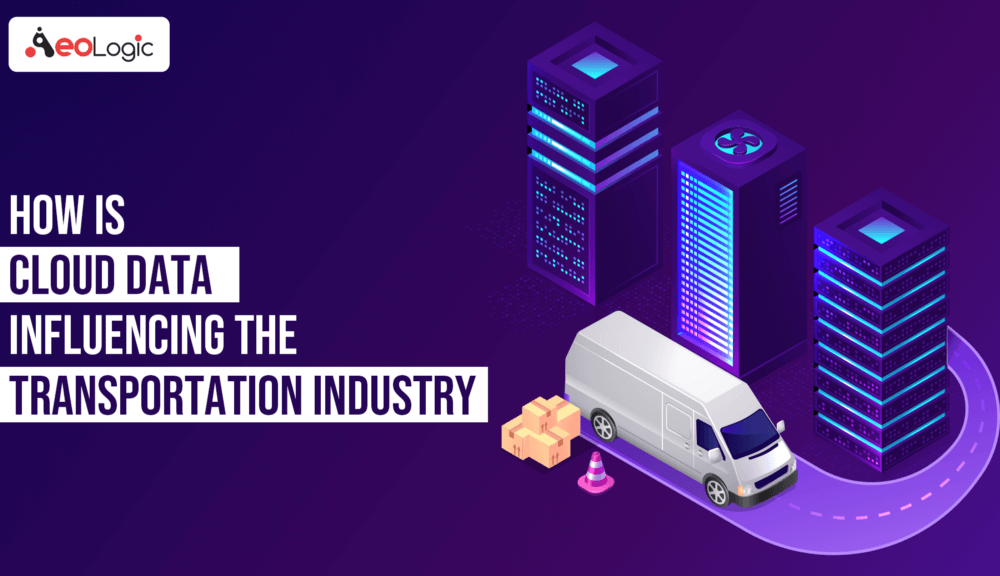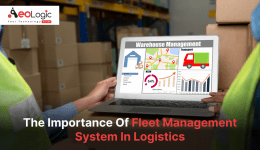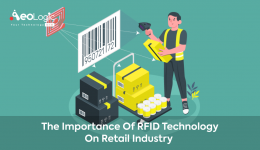The cloud-powered solutions and their applications can be found in many industries serving a diverse range of customers. The inherited scaling ability and flexibility in any cloud service is what makes it one solution for all.
The transportation industry, in particular, is very capital intensive. Companies want to cover a large geographical area and offer frequent trips back and forth from main destinations to do well. The entire process involves a large fleet of vehicles and meticulous planning.
People in the transportation industry, who are the early adopters of Cloud, know that the market is poised for fast growth. While cloud computing may or may not make sense for every transportation application, but its key value lies in bringing various processes together into one interactive and useful dashboard.
Looking at the present era of technology, with severe competitiveness, achieving the break-even, and leading to profitability requires operational efficiency. This is where the cloud data solution comes to play.
Real-Time Vehicle Tracking
Before the escalation of the cloud, the transport companies had to engage with the services of specialized vehicle tracking companies to track and monitor the location of vehicles in real-time. In most cases, these companies would come up with costly hardware. Some of this hardware would be installed over the vehicle itself, while the major chunk of it was kept at the transport company premises. On top of that, this hardware would also incur the maintenance and up-gradation cost.
Now as we fast forward to the time where cloud computing and it’s solutions are accessible, the issue of bulky and costly hardware is resolved in an easy way. Cloud Service Providers (CSP) provide real-time tracking services for the fleet of vehicles under the SaaS (Software as a solution) model.
What that means for the transport company is zero hardware on-board. So, not just the cost of the hardware procurement is eliminated but with no hardware, maintenance and operational expenses are also zero.
Management of E-Ticket
Before the cloud was introduced, the e-ticketing facility was either not offered at all or offered by just a handful of companies. The e-ticketing was mostly limited to the airline industry. Which made the ticket buying task very time-consuming.
To facilitate the online ticketing system, the transportation companies would have to install costly servers that would be able to handle the peak passenger load such as a festival or holiday season.
Now, if we see today, the same ticketing mechanism is accessed from the cloud, and the catch is that the scalability of the service is in-built. Without having to procure any hardware whatsoever, the transport company would be able to handle peak passenger demand seamlessly, just by paying the Cloud Service Provider an extra fee for the extra resources consumed during the peak.
Vehicle Health Monitoring
The vehicles in the transportation businesses are usually trained to meet the extremely tight schedules. The vehicles are running to their threshold to meet deadlines. This raises a serious concern about the health of the vehicle as only a very small amount of time is given for the maintenance-related activities. However, this can be very harmful to passenger safety and company reputation as well.
To simply solve this issue, the transport company can install sensors at particular delicate components of the vehicles that will constantly feed data to a cloud-powered analytical tool in real-time. As soon as the vehicle sensor surpasses the defined threshold, the vehicle can be scheduled for repair and maintenance. As soon as the value of a sensor breaches the defined threshold, the vehicle can be scheduled for repairs.
Conclusion
Although, Cloud Data is still in its early adoption state, especially in the transportation industry, and tried and proven solutions are available and ready to be deployed by the masses. The cloud-based solutions hold the immense potential to make the transport industry financially and operationally efficient.






